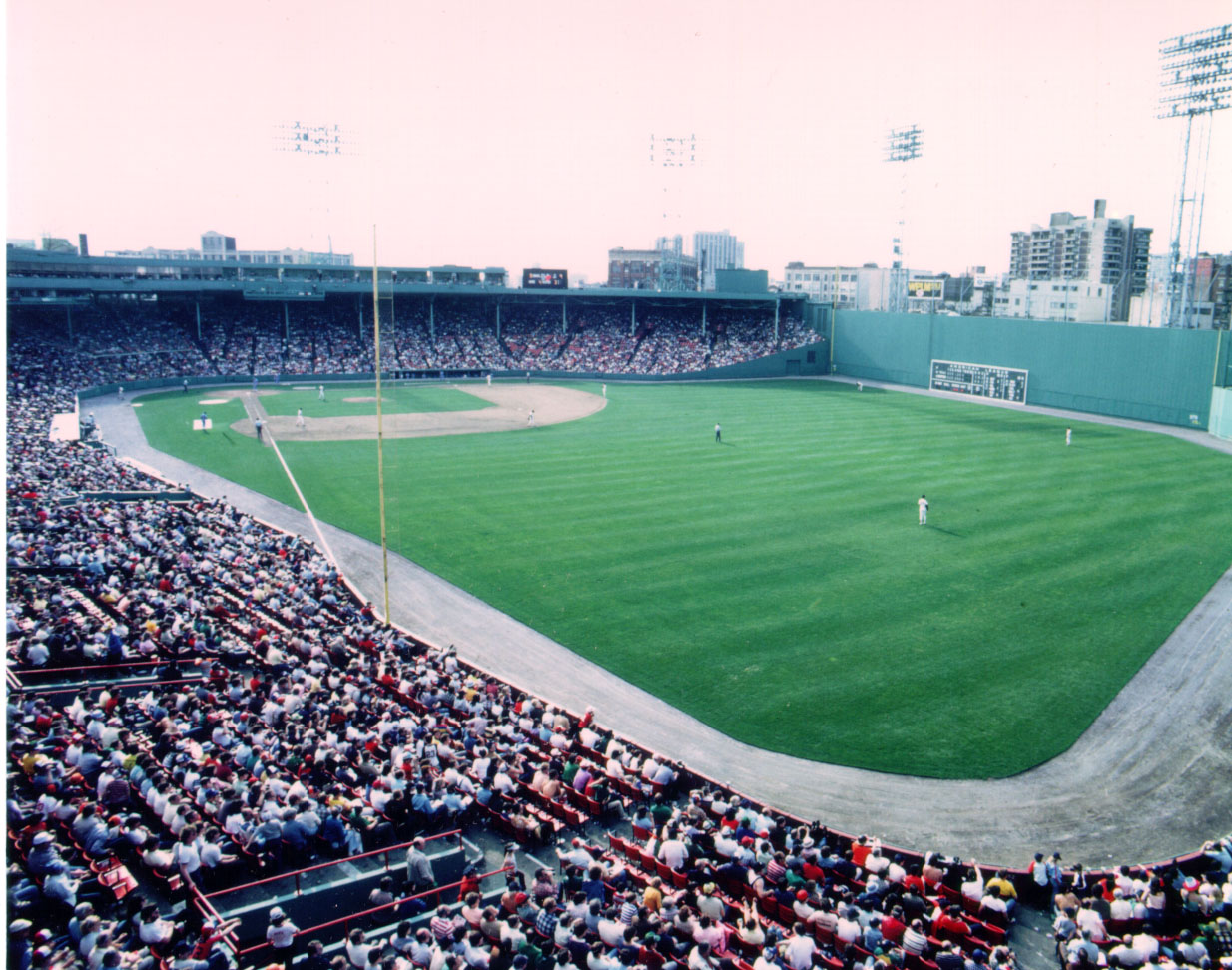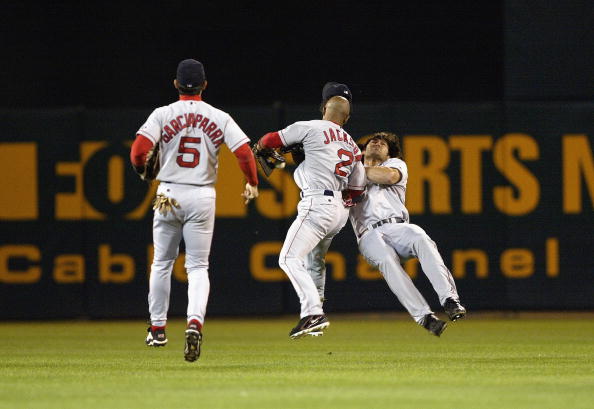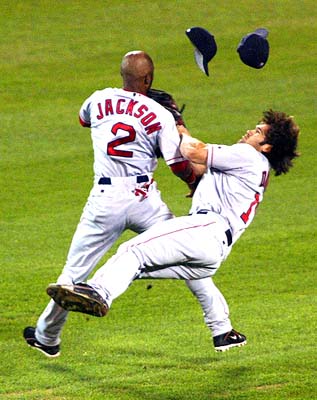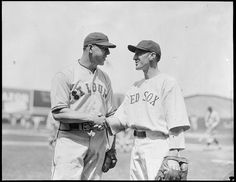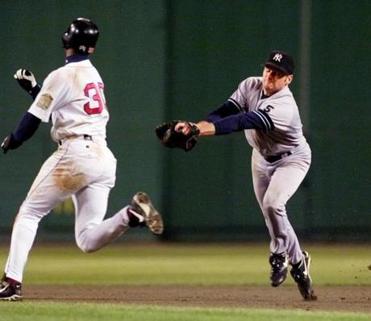April 6, 1973, brought Opening Day to Boston. The Red Sox started their season at Fenway Park against the hated New York Yankees. The Red Sox were coming off a frustrating end to the previous season, finishing a half game behind the Detroit Tigers for the American League East. The Tigers were allowed to play one more game than the Sox, giving them the opportunity to win an extra game. Both teams lost 70 games, but the Tigers got to play in the postseason. The Yankees had finished in fourth for the second consecutive season, and their powerhouse days were currently a thing of the past.
Opening Day Lineups
This game is famous for being the start of the designated hitter. The American League had just adopted the designated hitter for the season, and Ron Blomberg of the Yankees was the first player to step into a batter’s box while playing the “position.” Newly signed Orlando Cepeda was the first designated hitter for the Red Sox and batted 5th. The Red Sox were headlined by mainstays Carl Yastrzemski and Reggie Smith, along with reigning Rookie of the Year Carlton Fisk. They pitted their ace on the mound, Luis Tiant, against the Yankees Mel Stottlemyre.
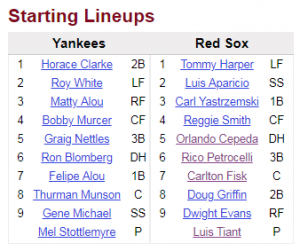
Baseball-reference.com
Rough First Inning
Luis Tiant got off to a shaky start to begin the season. After giving up a lead-off hit, the Sox got a strike em’ out, throw em’ out double play when Carlton Fisk cut Horace Clarke down attempting to steal second base. A double and two walks later though loaded the bases for the first designated hitter at-bat in baseball history. Ron Blomberg worked a bases loaded walk to score the game’s first run. Felipe Alou followed with a 2-run double, making two doubles for Alou brothers in the inning as Matty Alou had started the 2-out rally with a double. Tiant got out of the inning trailing 3-0.
The Sox half of the first saw only one hit; but that hit was a home run by Carl Yastrzemski. Yaz took a Mel Stottlemyre offering out to straightaway center field for the season’s first home run.
![]()
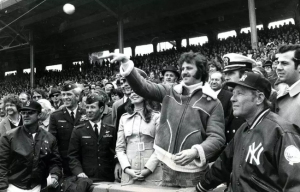
April 6, 1973: Ed Folger of Lancaster threw out the first ball on Opening Day. Folger, who had been a minor leaguer in the Red Sox system, had his leg amputated in a farm accident the previous September. (The Boston Globe)
Sox Take the Lead
Tiant enjoyed a 1-2-3 second inning, rebounding from a rough first. The Red Sox gave him some support in the bottom of the inning, taking a lead they wouldn’t relinquish. Rico Petrocelli singled with 1 out, one of three hits on the afternoon for him. This brought up Carlton Fisk, who had batted .293 with 22 home runs and a league leading 9 triples the previous season when he won the Rookie of the Year Award. Fisk promptly tied the game by putting one up over the Green Monster in left field. This would be just the beginning of the damage he would do to the Yankees that afternoon. The Red Sox would add two unearned runs following a throwing error by Graig Nettles before the inning was over.
Nettles would gain a little bit of redemption the next half inning when he hit a 2-out home run to center field off Luis Tiant, pulling the Yankees back within a run. Mel Stottlemyre had nothing on the mound though and the Red Sox fortified their lead in the bottom of the third. A hit by Reggie Smith and a double by Carlton Fisk put two in scoring position for Doug Griffin. Griffin singled them both home, chasing Stottlemyre from the game. Griffin then scored on a hit by Dwight Evans and the Sox led 8-4 after three innings.
Red Sox Pull Away
With Lindy McDaniel on the mound for New York, the Red Sox did not let up in the fourth. A single by Yaz followed by a double for Reggie Smith put two in scoring position for the Sox with no one out. After striking out designated hitter Orlando Cepeda, McDaniel put Rico Petrocelli on intentionally; bad decision. Carlton Fisk had already homered and doubled on the day, and he wasn’t done yet. Fisk took a McDaniel offering deep to right-center field and over the wall for a grand slam. Fisk now had 10 total bases and six runs batted in and it was only the fourth inning. The Sox threatened with two more in scoring position before the inning finally ended; 12-4 Red Sox lead.
From there the Red Sox cruised to victory. The Yankees got one in the 5th, but Tiant shut them down over the final four innings for the complete game victory. This was Tiant’s first of 20 wins that season for the Red Sox. Meanwhile, the Red Sox offense tacked on three more runs in the 6th inning before calling it quits.
Red Sox 15 Yankees 5
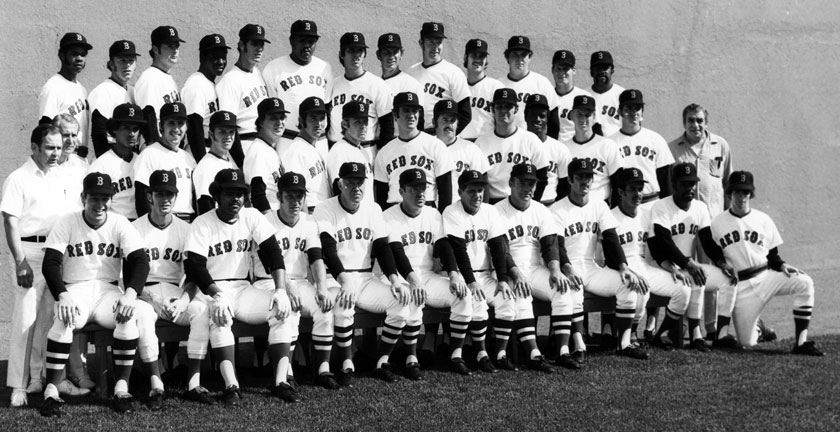
Red Sox 1973 team photo (Bostonredsox.com)
